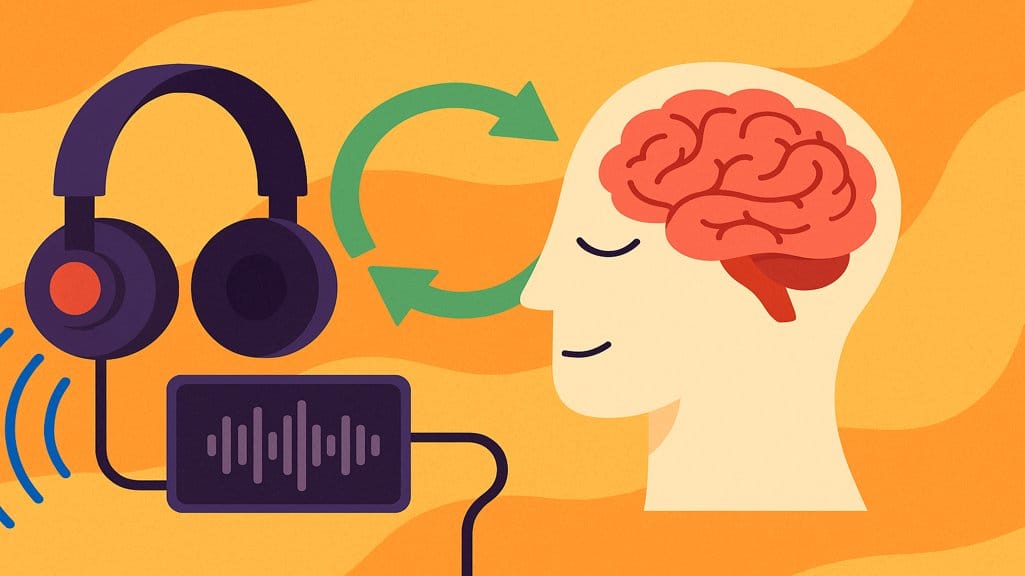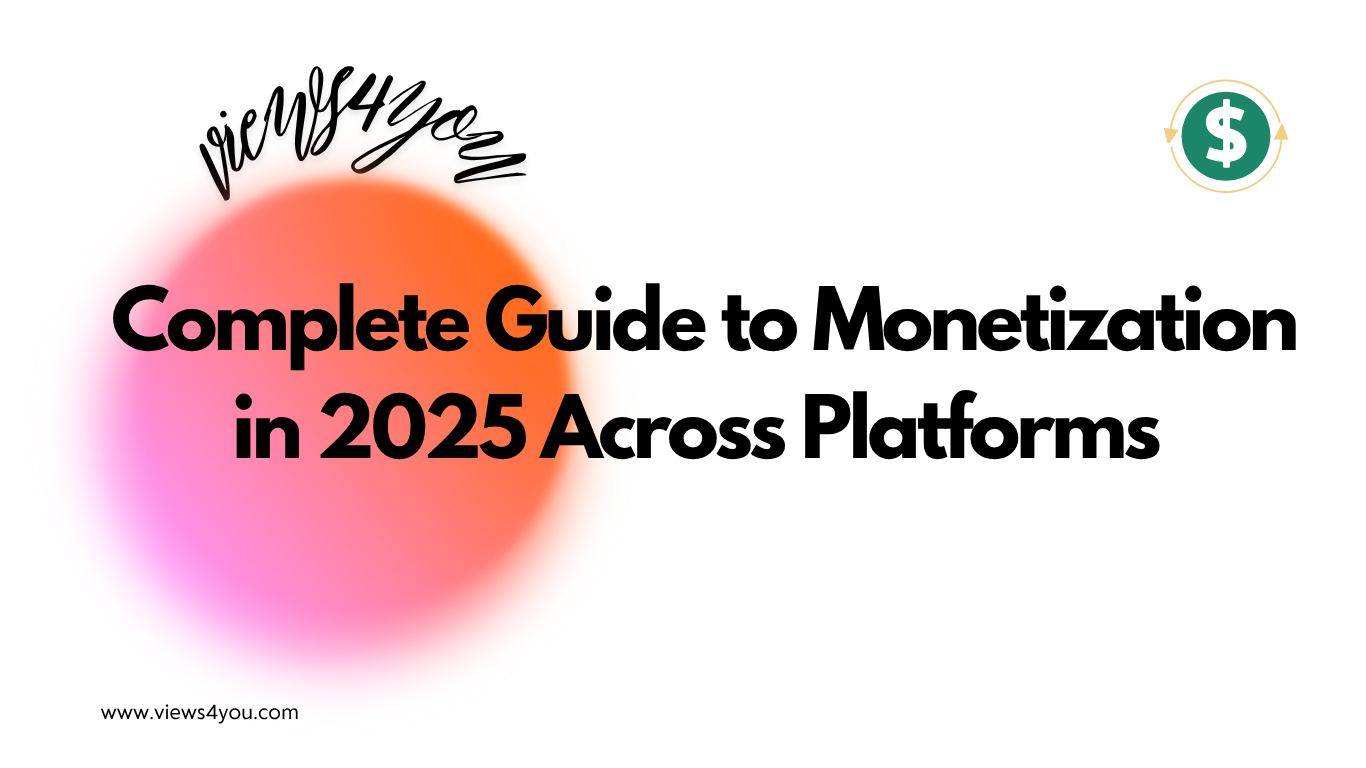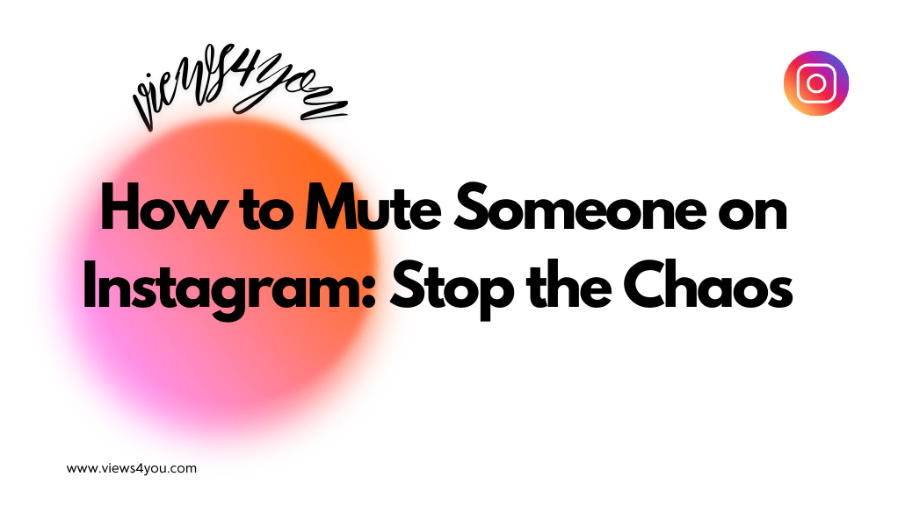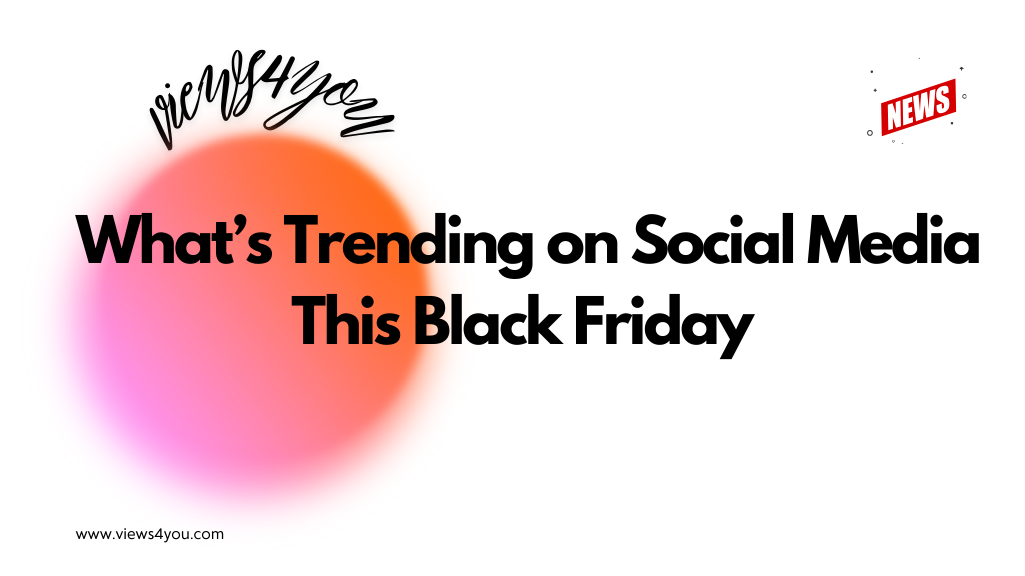Audio content is transforming brand engagement by offering a personal, immersive connection that works even when audiences are away from screens. Podcasts, sonic branding, curated playlists, and interactive audio ads help brands build trust, strengthen recognition, and drive lasting loyalty.
Audio content has become a front-row seat in brand engagement strategies. As audiences spend more time with podcasts, playlists, and smart speakers, brands are finding new ways to connect beyond the screen. From branded podcasts that feel like private conversations to sonic logos that spark instant recognition, audio is reshaping how brands speak to their audiences. It is personal, it is immersive, and it works even when eyes are elsewhere. In a market crowded with visuals, audio content gives brands a powerful, untapped channel to drive deeper and more lasting engagement.
Why Audio Content Is a Strategic Priority for Brands
Audio content is not just a creative experiment anymore; it’s a critical engagement tool. Global audio streaming has surpassed 500 million active listeners, with podcast audiences alone expected to reach over 500 million by 2025. This growth is reshaping how brands approach content marketing. Audio offers a unique advantage: it reaches audiences in moments when visual content cannot.
This shift mirrors a broader trend in brand communication. Just as brands trust influencers to lead campaigns, they are turning to audio as a voice-driven medium that feels authentic, consistent, and trustworthy. Both influencer-led and audio-first campaigns rely on creating a personal connection, building familiarity, and sustaining audience attention over time.
The Channels Driving Audio Engagement
Brands today have a variety of audio formats to choose from. Each channel plays a different role in deepening engagement:
- Podcasts: Branded podcasts allow in-depth storytelling, industry insights, and thought leadership. Examples include The Message by GE and Inside Trader Joe’s.
- Streaming Playlists: Curated playlists on platforms like Spotify keep brands top-of-mind during daily activities. Red Bull, for example, curates workout and adventure playlists that reflect its brand identity.
- Interactive Audio Ads: Platforms such as Spotify and Pandora offer interactive ad formats that allow listeners to respond by voice or touch.
Choosing the right mix of channels allows brands to engage different audience segments effectively. This variety mirrors how brands diversify other outreach efforts, building audio touchpoints in the same way they develop multi-platform personalities.
The Psychology of Audio Engagement

Audio works on a psychological level that visual media often can’t match. Sound stimulates memory and emotion more deeply than static visuals. Hearing a familiar brand tone or music cue can trigger brand recognition almost instantly. This emotional connection strengthens engagement, making audiences more likely to trust, remember, and respond to branded content.
It’s the same principle that drives successful personal brands on Instagram. When individuals build a consistent, recognizable voice across platforms, they gain loyalty and recognition. For brands, audio content serves as that “voice” in the listener’s mind, amplifying trust and connection.
Best Practices for Maximizing Engagement Through Audio
Brands that succeed with audio content follow a few key principles:
- Consistency: Audio content should follow a clear schedule, weekly podcasts, monthly playlist updates, or recurring ad spots, to keep the audience engaged.
- Authenticity: The brand’s tone and voice should feel natural, not overly scripted. Audiences connect better with real, human conversations.
- Integration: Audio should not work in isolation. Tie audio content to social media campaigns, newsletters, and video marketing for cross-channel impact.
- Audience-Centric Approach: Choose topics, styles, and formats based on audience preferences. Use data analytics from platforms to refine future content.
These best practices echo the lessons learned from influencer and personal branding campaigns: authenticity, consistency, and cross-platform storytelling are what keep an audience invested.
Brands in Stereo Action
These examples demonstrate how audio can reinforce brand values while fostering deeper engagement, just as influencer collaborations and personal branding efforts do in the visual space, reinforcing identity and trust.
- Nike: Uses curated playlists and athlete-driven podcasts to align with sports culture.
- Sephora: Runs beauty podcasts with expert interviews, expanding brand authority in the beauty space.
- McDonald’s: Uses sonic branding globally for consistent brand recall across TV, radio, and digital platforms.
The Future of Audio Content for Brands
As AI-driven personalization expands, brands will be able to deliver audio content tailored to individual preferences in real time. Imagine a podcast episode that changes based on your previous interactions with a brand or a playlist updated dynamically with products you’ve shown interest in.
The integration of audio into voice commerce, virtual reality environments, and even in-car experiences will make audio engagement more seamless than ever. Brands investing in audio now will be well-positioned to capitalize on these emerging opportunities.
FAQs
Why should brands invest in audio content now?
The growth of streaming platforms and podcasts is accelerating, offering direct, personal access to audiences with less competition than visual channels.
How can audio content be measured for engagement?
Brands can track listen-through rates, subscriber growth, audience retention, and click-through actions from interactive audio campaigns.
What industries benefit most from audio marketing?
While all industries can benefit, retail, technology, entertainment, and lifestyle brands see the strongest engagement due to audio’s storytelling potential.
How can smaller brands compete with large-scale audio campaigns?
Smaller brands can focus on niche topics, targeted audiences, and authentic voices. Quality and relevance matter more than high budgets.
What is the biggest risk with audio content?
Producing inconsistent or low-quality audio can damage brand credibility. Professional production, clear messaging, and regular updates are key.






